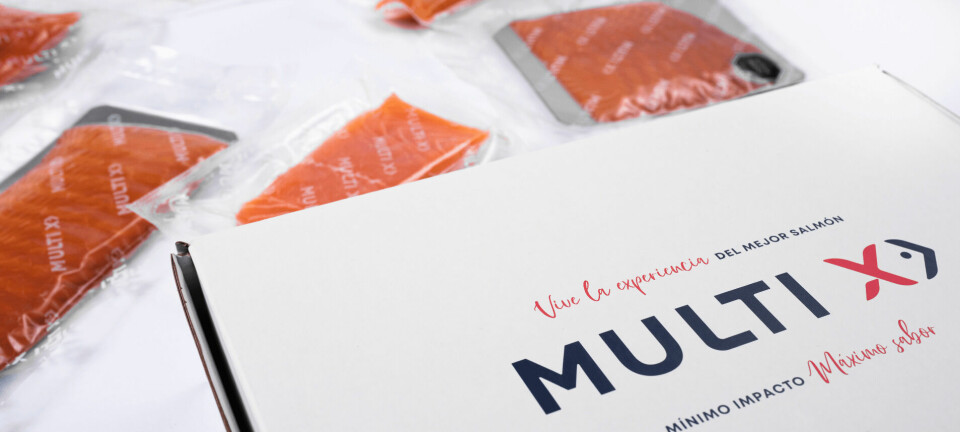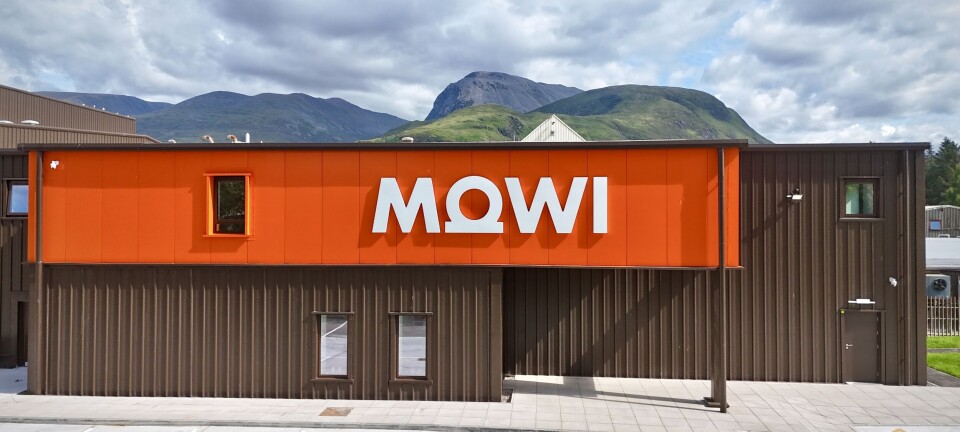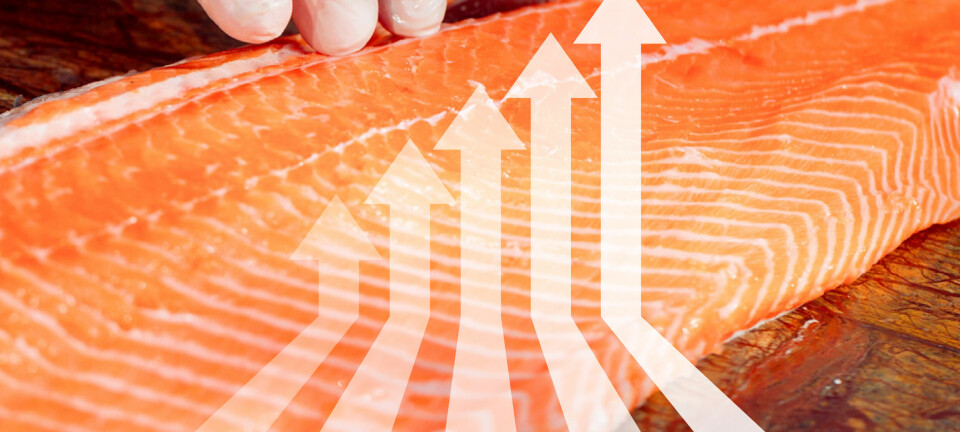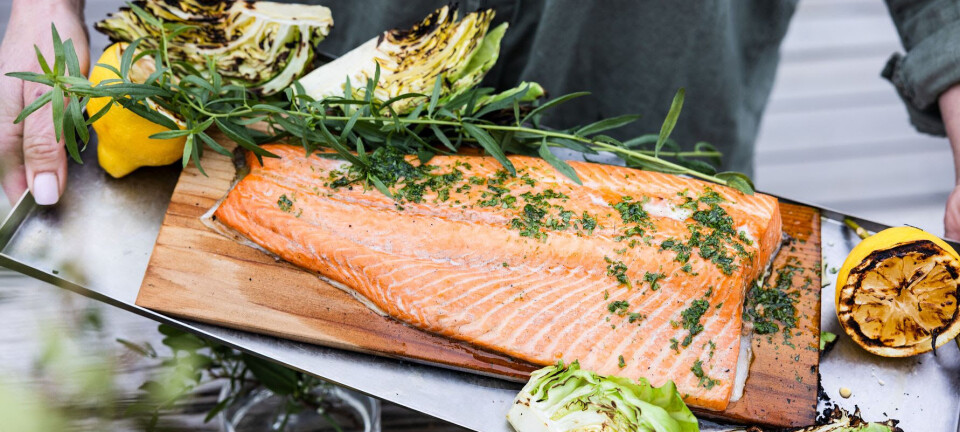Lumpsuckers on the menu?
A new project has been launched to look into the possibility of selling lumpsuckers that have been used as cleaner fish by the salmon industry for human consumption.
Called “From louse-eater to the dinner plate” the initiative is being undertaken by the Norwegian food research institute Nofima and salmon producer Lerøy Aurora and has been funded with NOK 300,000 from Troms county council and NOK 250,000 from the Regional Research Fund North (a total of £44,347).
Although the roe, which has given the characteristic turquoise-blue fish its Norwegian name (rognkjeks), is considered a delicacy the actual fish has never become a part of the Norwegian diet.
Lumpfish are released into salmon pens when they weigh 20 grams. When they reach around half a kilo, their task as louse eaters is usually done. And currently there is no use for the fish other than for the animal feed industry.
“It’s not right that a valuable source of protein should be ground into animal feed,” says Nofima’s researcher Bjørg Helen Nøstvold.
If the use of lumpfish by the salmon industry continues to grow as expected, it is projected that as much as 100,000 tonnes of farmed lumpfish could be available for sale each year.
“The cost of farming lumpfish is already covered. If we can find new markets for the fish once it has completed its mission in the salmon pens, this would be a win-win situation in several ways: Income to the industry and a solution to an ethical problem,” Nøstvold points out.
“Now work is starting on assessing what is available in terms of expert data and whether any markets consume this species.
“Based on studies of available secondary information, we will select a market and travel there to investigate further. Who are the buyers, how can the fish be used? What kind of prices are likely, and so on? We do, for example, know that small quantities of wild-caught lumpfish have been exported from Iceland. We also know that businesses have worked on establishing a market in South Korea, but we don’t know how they have fared,” Nøstvold says.
However, before any new markets are approached, the Nofima researchers want to get to know the fish better. “Lumpfish have thick skin and a lot of cartilage and bones, so those who prefer fillets and loins will probably steer clear of it. However, Asian cuisine uses seafood in different ways than we are accustomed to. Could they find a use for lumpfish? Tromsø has a rich variety of international cuisine. We will therefore ask the city’s international chefs to help find uses for lumpfish as food for humans,” Nøstvold says.























































